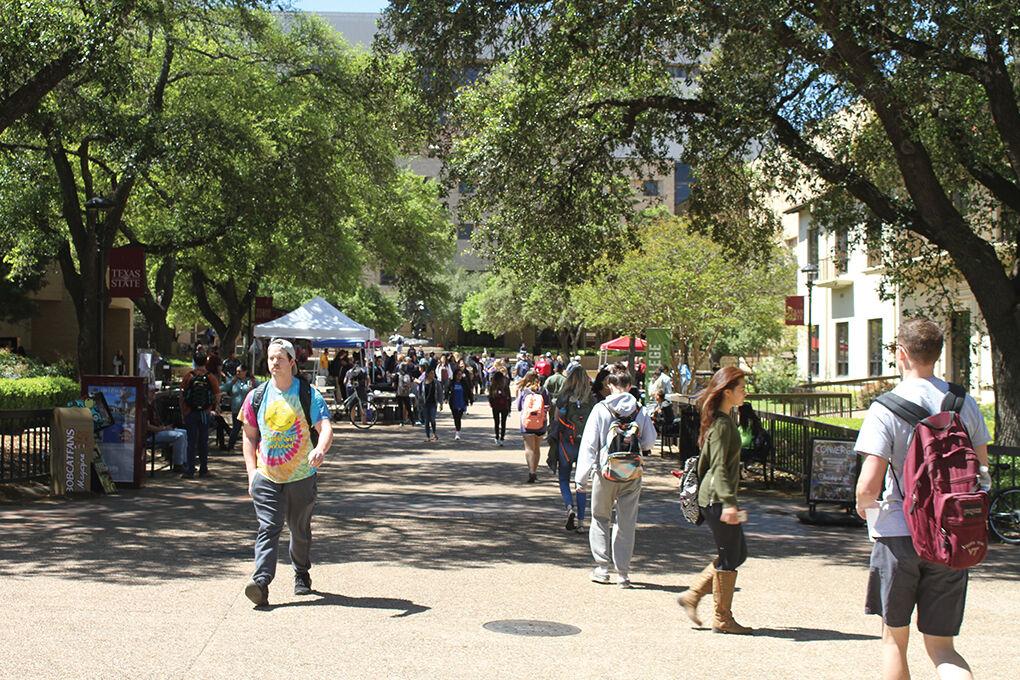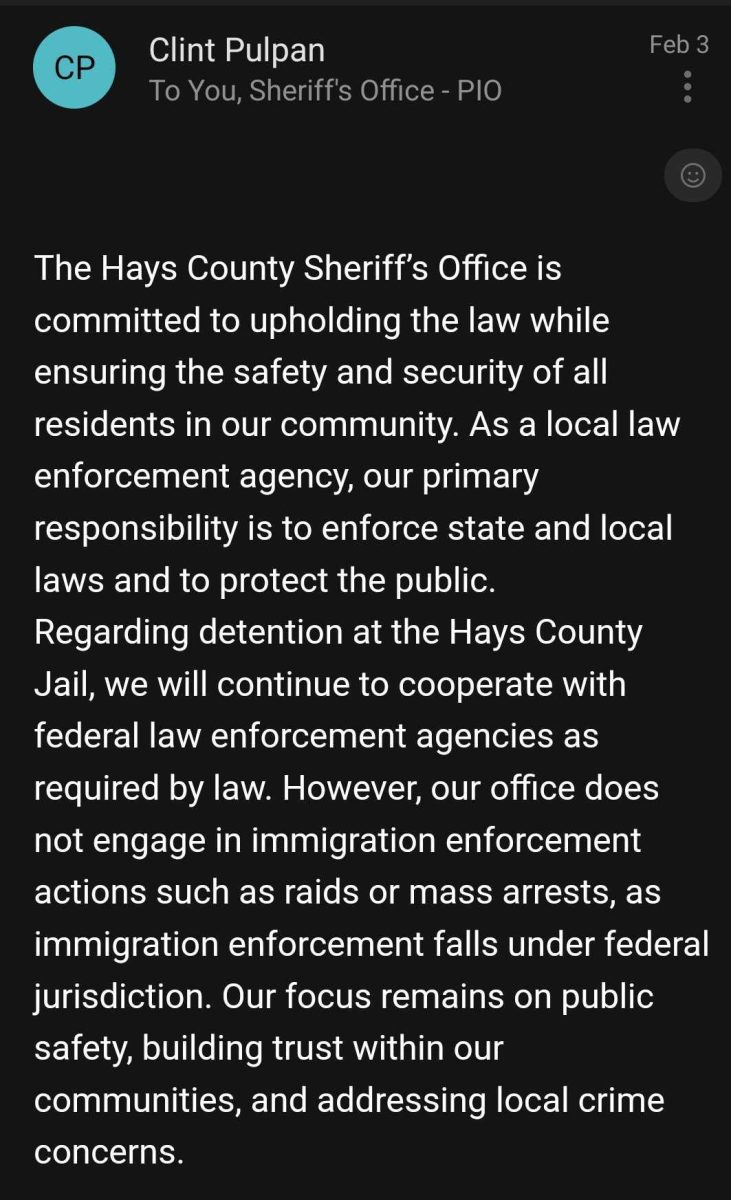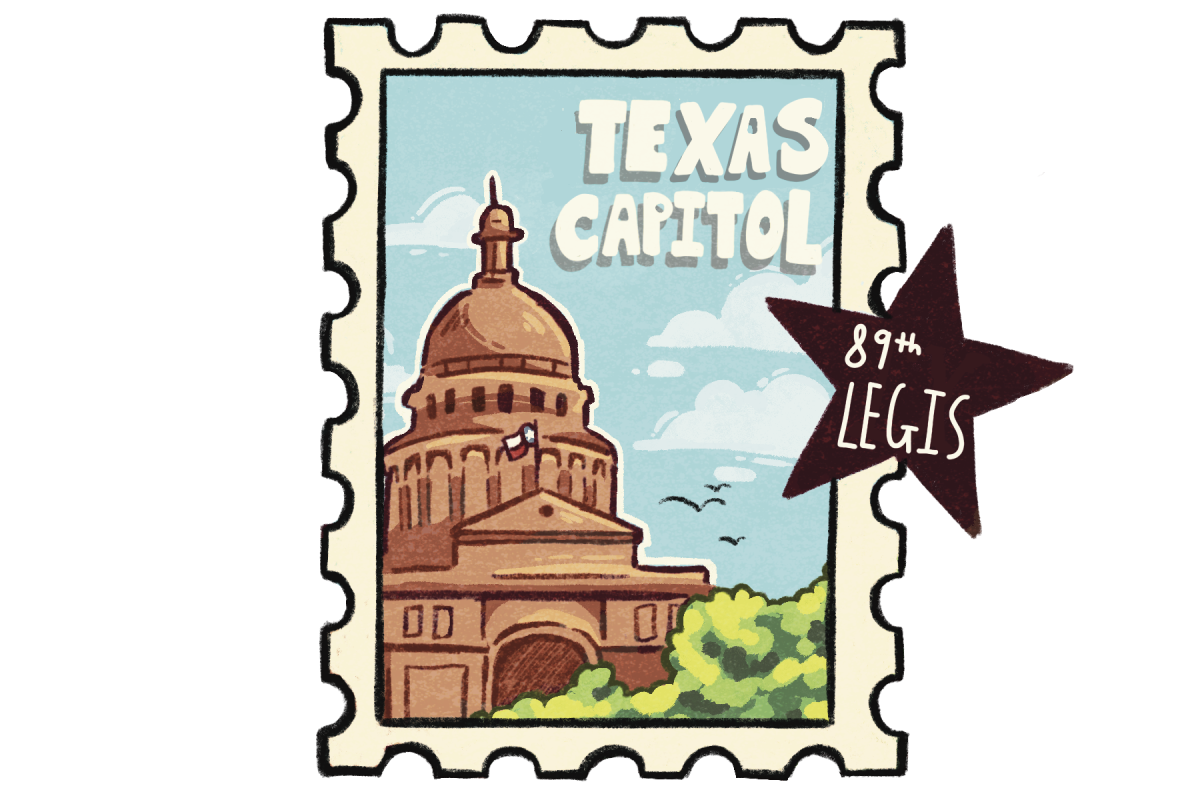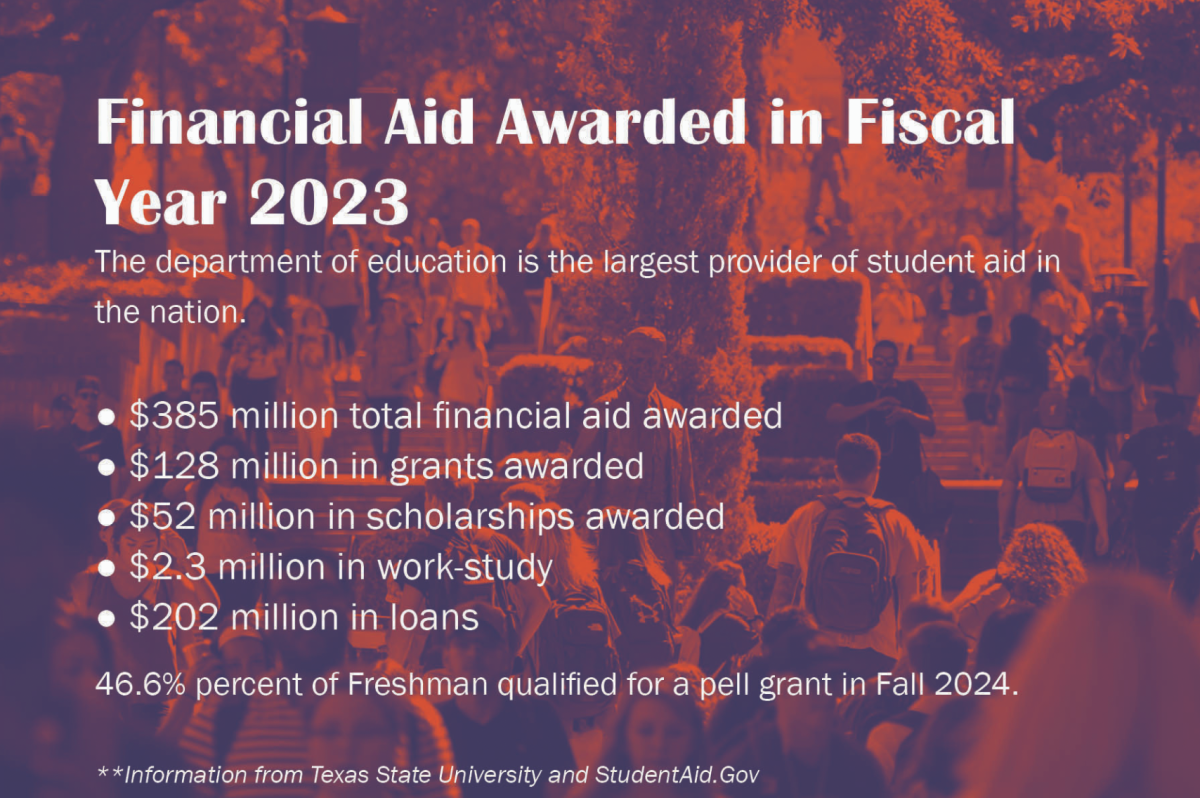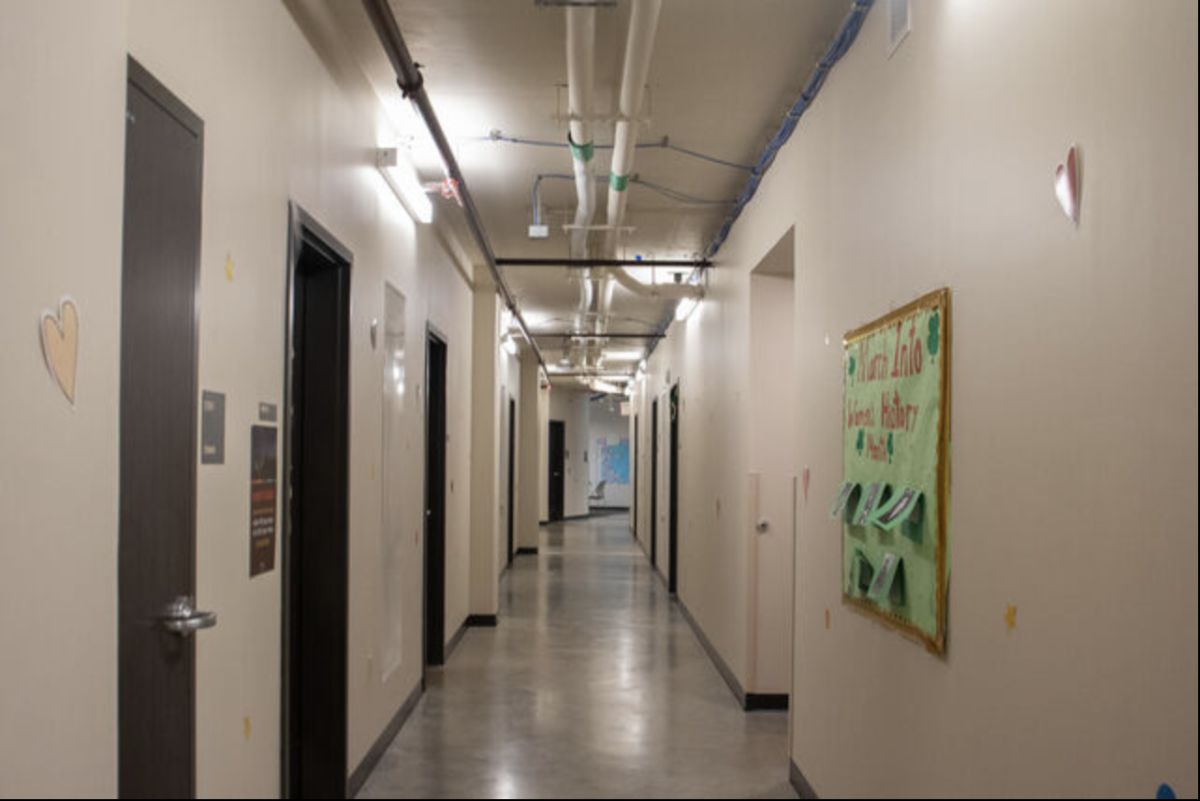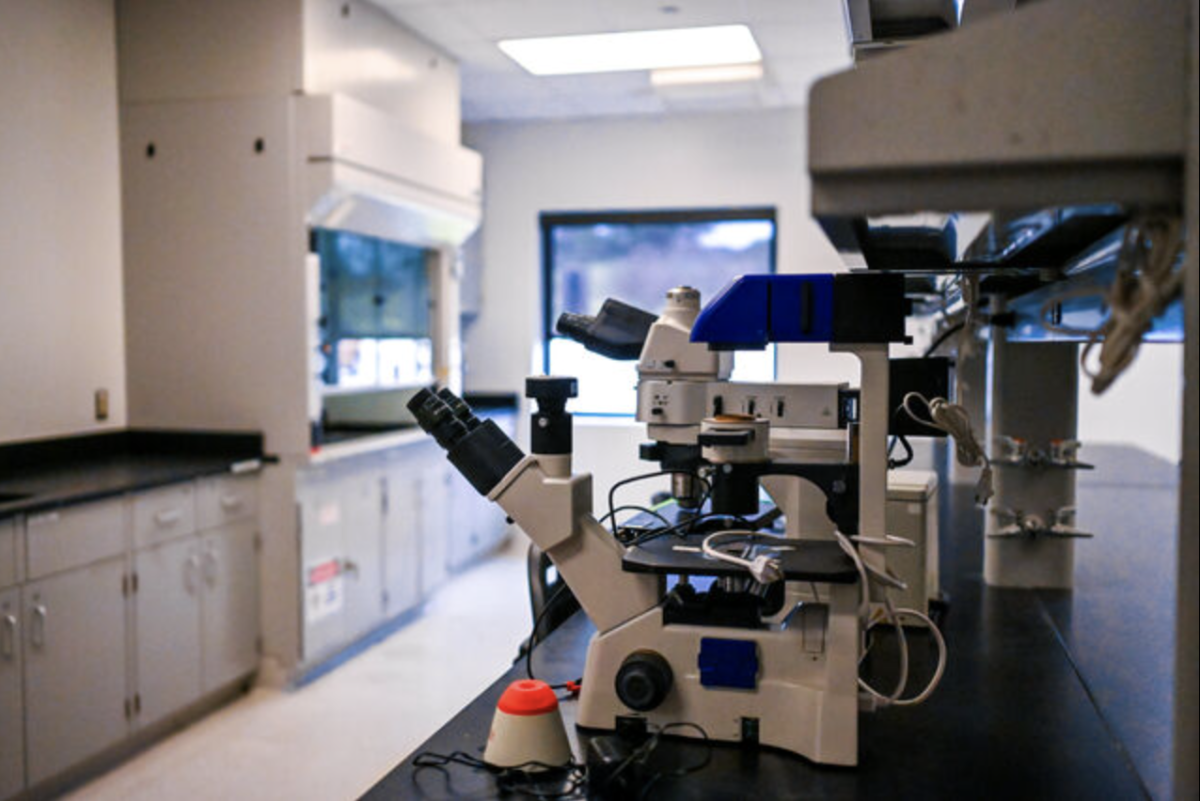Texas State’s summer enrollment saw a large increase in 2020 amid rising concerns over COVID-19. Despite the reason for this jump, some students still express discontent with the online course delivery.
According to Gary T. Ray, associate vice president for Enrollment Management & Marketing, as of June 12, the summer 2020 enrollment headcount increased by 9.5%, coupled with a 10.7% increase in credit hours compared to the previous summer. These figures equal approximately 1,237 additional students and 8,574 credit hours.
Texas State Provost and Vice President for Academic Affairs Gene Bourgeois speculates the reason for the significant jump is students’ financial incentives and the online-only format.
“We offered students a $50 per semester credit hour grant for courses that they would be taking this summer, and I suspect, given the economic disruption from the pandemic, that did have an impact on student enrollment,” Bourgeois said. “I also suspect many students have not been able to get back to any kind of employment yet. And so [some students], even those who went home, decided to continue their studies this summer given that we extended and enhanced our online offerings.”
On April 1, the university announced students enrolled in summer I classes would be awarded an emergency financial aid grant of $50 per semester credit hour. Bourgeois said there are currently about 89,000 enrolled credit hours total. Given this figure multiplied by the $50 per hour bonus, the university will provide approximately $4.4 million in emergency aid grants to students.
Bourgeois said the summer enrollment jump does not affect the university’s next fiscal year in the fall semester.
“This doesn’t necessarily predict what our fall enrollment will be,” Bourgeois said. “I think we’re still very, very concerned about our overall fall enrollment.”
Allison Tinglov, political science and international relations senior, is taking advantage of the online course delivery. Tinglov, who did not take summer courses in previous years, is enrolled in nine credit hours.
“I’ve decided to take more classes because I knew that summer I was going to be online, so I thought that it would be easier for me because then I wouldn’t have to be [in] in-person classes every single day,” Tinglov said. “All of the classes that I’ve been procrastinating that I haven’t wanted to do, I’m doing now.”
Because Tinglov qualifies for the Hazelwood Act, she did not receive the $50 emergency aid but said the aid would not have made much of a difference given it would have only helped her with $150 for a three-credit-hour class.
Britney Turcios, biology sophomore, dropped her online class for summer I, explaining she did not want to pay for a class that would not grant her a full in-person experience.
Turcios believes the $50 emergency aid is insufficient, saying she also feels “robbed” for paying fees for services she is not utilizing.
“I noticed they did give some grants for taking a summer class, but [I also] noticed that I was getting a lot of extra fees. It’s online classes, I shouldn’t be getting a bus fee; I shouldn’t be getting a [Student Recreation Center] fee,” Turcios said. “I was checking my payments, and it just didn’t make sense for me to be getting charged all these fees and all my classes are online. I’m not even in San Marcos, I’m all the way in Houston.”
Both Tinglov and Turcios believe the summer I online course delivery does not operate the same as the fall semester’s online courses. Tinglov said the two semesters feel completely different.
“I wish I would have been more aware of [the change] because in the spring, we would have Zoom calls or we’d have videos of lectures,” Tinglov said. “And so it was like we were still taking in-person classes but just at our homes, whereas now it’s all by yourself. Now we’re just given PowerPoints to read through by ourselves, so it’s really a lot more isolated.”
Turcios said her dropped class was all pre-recorded lectures, creating a noticeable disconnect between students and professors.
“[To ask a question], I’d have to either email the professor and wait a couple of days to get the answer that I needed, or schedule a Zoom meeting through his office hours, which was kind of ineffective because [there are] a lot of students in each class, so getting a spot in office hours was nearly impossible,” Turcios said. “I did not plan to schedule a zoom meeting for a question I have about unit one and get it answered when we’re in unit three.”
As of June 15, summer II classes are set to resume face-to-face instruction, despite the recent increase in active cases of COVID-19 in San Marcos.
Updated case counts and The University Star’s COVID-19 coverage can be found here.
News reporter Daniella Carrera contributed to this article.
Categories:
Texas State summer enrollment jumps significantly, students feel isolated
June 15, 2020
0
Donate to The University Star
Your donation will support the student journalists of Texas State University. Your contribution will allow us to purchase equipment and cover our annual website hosting costs.
More to Discover



